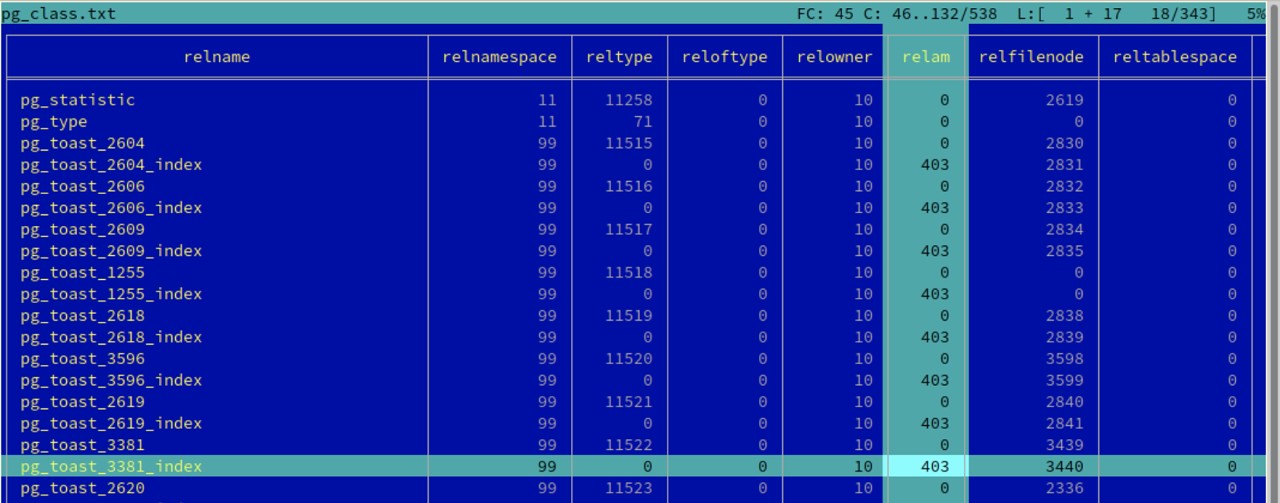#321 — September 4, 2019 |
Postgres Weekly |

|
|
pspg: A Unix Pager Designed for Postgres Tables — If you use Pavel Stehule |
|
How to Compute How Many Working Hours in a Date Range with PL/pgSQL — How many working hours are there in a range of dates? A perfect, easily digested example of a situation where PL/pgSQL can be very handy! Luca Ferrari |

Because Your Data Is Your Business — PGX provides complete PostgreSQL support, from emergency services through daily operational support, to strategic planning. We’re here for your data ops. PostgreSQL Experts, Inc. sponsor |
|
How PostgreSQL 12 Can Improve Your Performance — “Just upgrade and take advantage of performance improvements,” says the author. Postgres 12 boosts CTE queries, has JIT compilation for queries by default, and indexing is also improved. Jonathan S. Katz |
|
Why You Need Pavel Stěhule |
|
Running PostgreSQL on Google Cloud Platform (GCP) — A look at the features Google’s platform offers for Postgres users. Viorel Tabara |
|
How to Set Up Postgres 12 Beta 3 for Testing on Amazon RDS — AWS offers beta versions of Postgres for testing in a ‘preview environment’ in their us-east-2 region. Jignesh Shah |
|
IT Monitoring in the Era of Containers: Tapping into eBPF Observability InfluxData sponsor |
|
Postgres Connection Strings and Dimitri Fontaine |
|
Setting Up Remote Backup and Restore with pgBackRest Granthana Biswas |
|
Retroactively Adding Binary I/O to a Type in Postgres Johann 'Myrkraverk' Oskarsson |
|
Vik Fearing |
|
|
